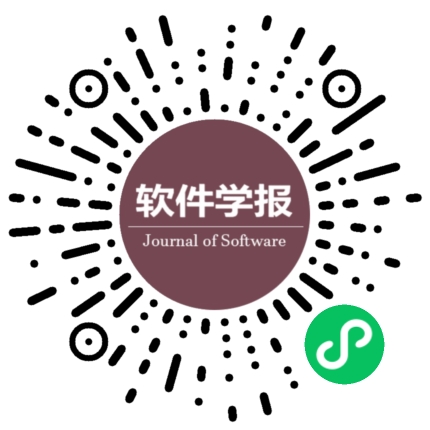浮点时序数据压缩综述
CSTR:
作者:
作者单位:
作者简介:
通讯作者:
中图分类号:
基金项目:
国家自然科学基金(62202070, 62322601, 62172066, 62076191); 中国博士后科学基金(2022M720567); 中央高校基本科研业务费专项资金(2024IAIS-QN017); 山东省重大基础研究项目(ZR2024ZD03); 高端装备机械传动全国重点实验室自主研究课题(SKLMT-ZZKT-2024R07)
Survey on Floating-point Time Series Data Compression
Author:
Affiliation:
Fund Project:
引用本文
朱明辉,李政,李瑞远,陈超,郑宇.浮点时序数据压缩综述.软件学报,2025,36(6):2844-2874
复制相关视频
分享
文章指标
- 点击次数:
- 下载次数:
- HTML阅读次数:
历史
- 收稿日期:2024-04-17
- 最后修改日期:2024-06-25
- 录用日期:
- 在线发布日期: 2025-03-12
- 出版日期: 2025-06-06
文章二维码

您是第位访问者
版权所有:中国科学院软件研究所 京ICP备05046678号-3
地址:北京市海淀区中关村南四街4号,邮政编码:100190
电话:010-62562563 传真:010-62562533 Email:jos@iscas.ac.cn
技术支持:北京勤云科技发展有限公司
版权所有:中国科学院软件研究所 京ICP备05046678号-3
地址:北京市海淀区中关村南四街4号,邮政编码:100190
电话:010-62562563 传真:010-62562533 Email:jos@iscas.ac.cn
技术支持:北京勤云科技发展有限公司



